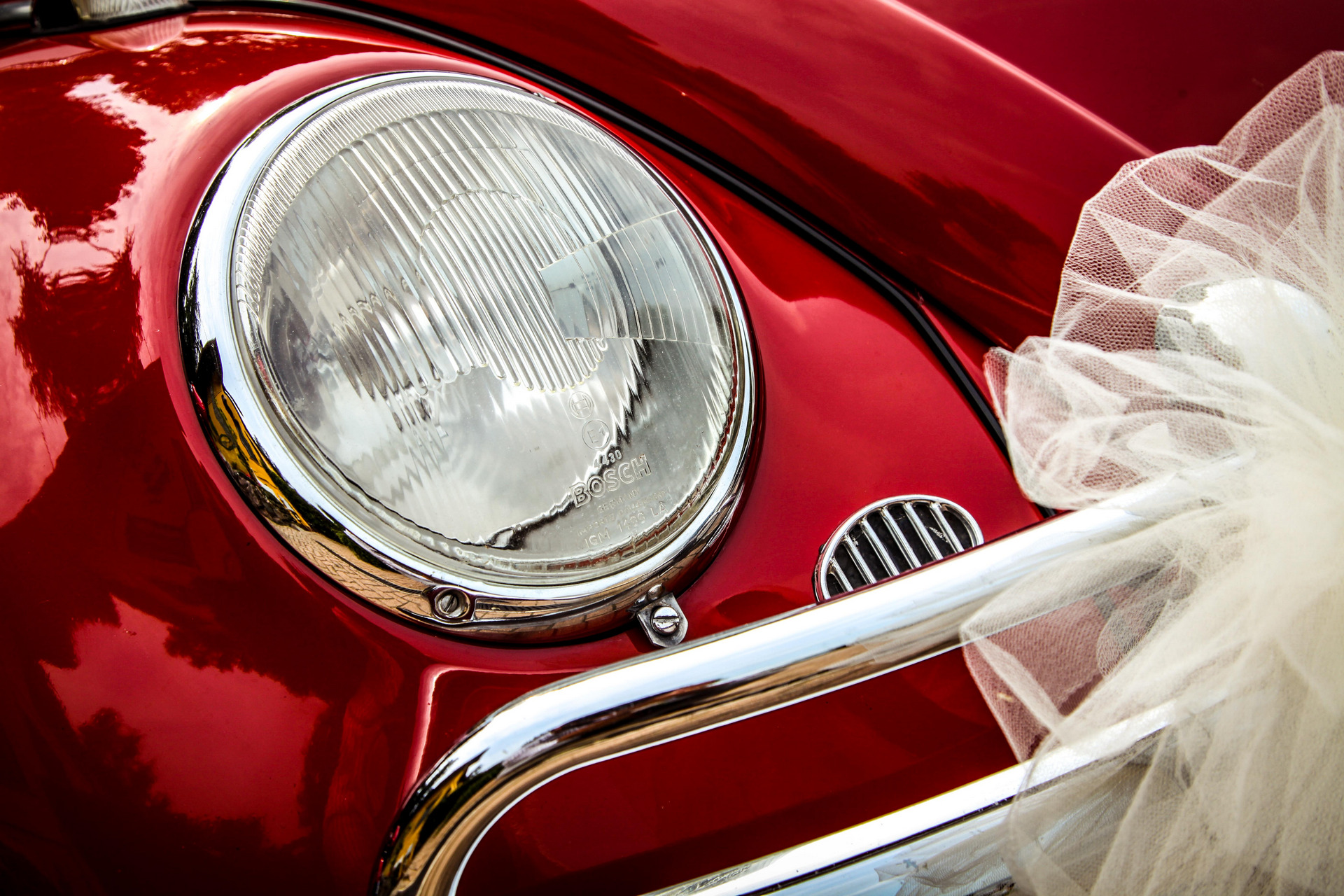A fairly simple question that is not so simple if you look deeper into the subject. Firstly, don’t take the term ”bumper to bumper warranty” literally – it has no connection with car crashes. The name of this warranty implies that the entire vehicle is covered from one end to the other (i.e. from the front bumper to the rear bumper). But here is the tricky part – it is not all-inclusive.
Excluded Parts
Because this warranty is put in place to protect your vehicle if anything went wrong during the manufacturing process, some basic items, such as wiper blades, oil changes, tires, air and fuel filters, brake lining, light bulbs, and even parts of the bumper itself are typically excluded. Owners must pay for the replacement of these items out of their own pockets. The good news is that these things are relatively inexpensive. Generally, dealerships and automakers also count glass parts like windows and windshields in this category – a crack caused by a rock isn’t a manufacturing defect and won’t be covered. The paint finish and body panels also aren’t covered under the bumper to bumper warranty, although many manufacturers offer a limited warranty against excessive body corrosion in case there are flaws in the metal or finish.

Light bulbs and even parts of the bumper itself are typically excluded from bumper to bumper warranty.
Always Check the Terms of Bumper to Bumper Warranty
Keep in mind that bumper to bumper warranties vary, and the coverage changes from manufacturer to manufacturer, model to model and year to year. There is no worldwide standard in this question. You might find that deal you read about online is different for the car you are test driving at the dealership. If a good warranty coverage is one of your main criteria for the new car, check the fine print carefully – the paperwork will spell out exactly what you’re entitled to when something goes wrong, what are your limits and exclusions, so keep all your documents handy. Some luxury automakers include regular service, like tune-ups, fluid changes, and tire rotations, as part of their bumper to bumper warranty (although some of them offer these or similar benefits under various program names – for example, BMW has BMW ULTIMATE SERVICE®, while Lexus offers Complimentary Maintenance).
Limitation Format
Generally, bumper to bumper warranty has a year/mileage limitation format. Terms such as three years/36,000 miles and five years/60,000 miles are common. The warranty expires as soon as the odometer rolls over the mileage threshold or the time limit is reached. However, this twofold arrangement can work against the buyer since the warranty expires when either condition comes first. A one-year-old vehicle would no longer be covered under warranty once the 36,000th mile is reached. Conversely, a five-year-old vehicle with only 20,000 miles would no longer be covered either. After the bumper to bumper warranty expires, extended warranties kick in, if you arrange one of those, of course. They will provide a longer term of coverage but usually costs quite a bit more. Some experts suggest this may not be a wise investment compared to other insurance options, but others say an extended warranty on expensive systems such as the drivetrain does make economic sense.
It is highly recommended to study the terms of any warranty carefully so there are fewer misunderstandings if repairs become necessary in the future.







































